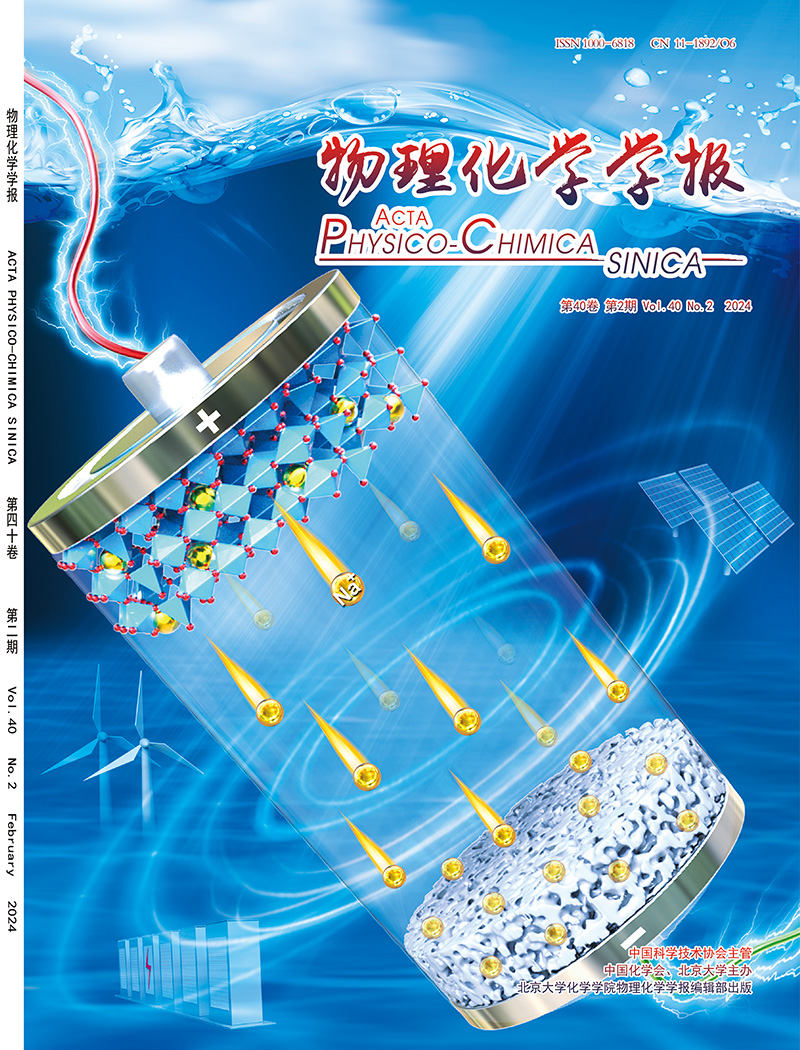Preparation of donor-π-acceptor type graphitic carbon nitride photocatalytic systems via molecular level regulation for high-efficient H2O2 production
IF 13.5
2区 化学
Q1 CHEMISTRY, PHYSICAL
引用次数: 0
Abstract
Donor-π-Acceptor (D-π-A) conjugated polymers represent an emerging class of materials featuring alternating electron donor (D), π-bridge (π), and electron acceptor (A) units, which exhibit significant potential in enhancing visible-light absorption and optimizing charge separation and redistribution. To overcome the limitations of graphitic carbon nitride (g-C3N4) while capitalizing on the structural merits of D-π-A systems, a series of 4-aromatic amine derivatives modified g-C3N4 photocatalysts was designed and synthesized through precise molecular level regulation with tailored local electron delocalization. This strategy allows for a systematic investigation of the relationship between electron delocalization extent and photocatalytic H2O2 production. Furthermore, the electron-withdrawing induction effect for regulating electron delocalization results in a substantial enhancement of photoinduced electron transfer to surface reactive sites. The as-synthesized optimum photocatalyst exhibits a remarkable H2O2 production performance, which is 30.44 times higher than that of the pristine g-C3N4. The mechanism study reveals that the photocatalytic H2O2 production in D-π-A-type g-C3N4 proceeds primarily via a two-electron oxygen reduction reaction (ORR).

通过分子水平调控制备施主-π-受体型石墨氮化碳光催化体系,用于高效产H2O2
给体-π-受体(D-π-A)共轭聚合物是一类具有电子给体(D)、π-桥(π)和电子受体(A)交替的新型材料,在增强可见光吸收和优化电荷分离和再分配方面具有重要的潜力。为了克服石墨氮化碳(g-C3N4)的局限性,同时利用D-π-A体系的结构优点,通过精确的分子水平调控和定制的局部电子离域,设计并合成了一系列4-芳胺衍生物修饰的g-C3N4光催化剂。该策略允许系统地研究电子离域程度和光催化H2O2生产之间的关系。此外,调节电子离域的吸电子感应效应导致光诱导电子向表面反应位点转移的显著增强。合成的最佳光催化剂具有较好的H2O2产率,是原始g-C3N4的30.44倍。机理研究表明,D-π- a型g-C3N4光催化产H2O2主要通过双电子氧还原反应(ORR)进行。
本文章由计算机程序翻译,如有差异,请以英文原文为准。
求助全文
约1分钟内获得全文
求助全文

 求助内容:
求助内容: 应助结果提醒方式:
应助结果提醒方式:


